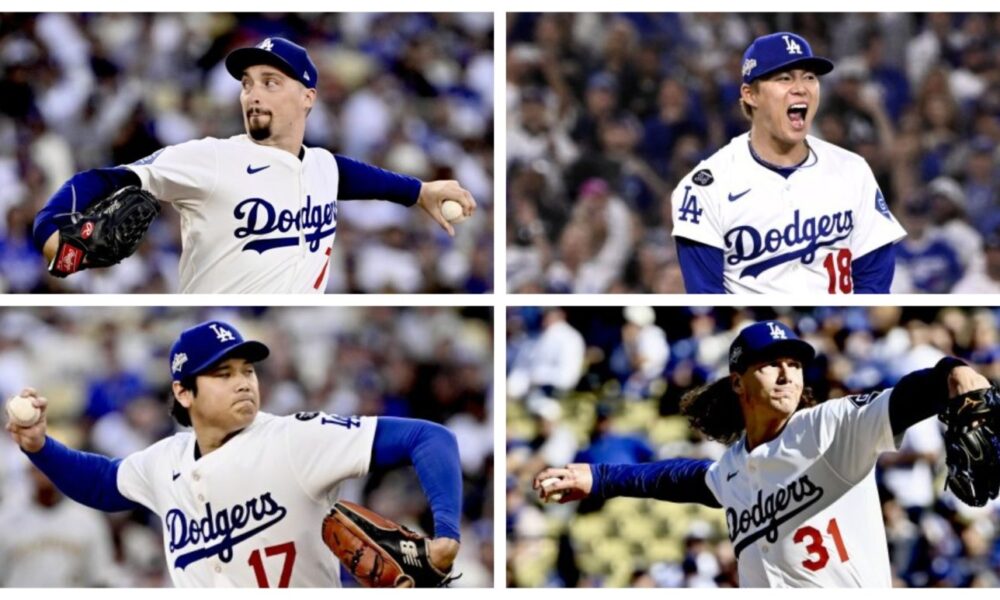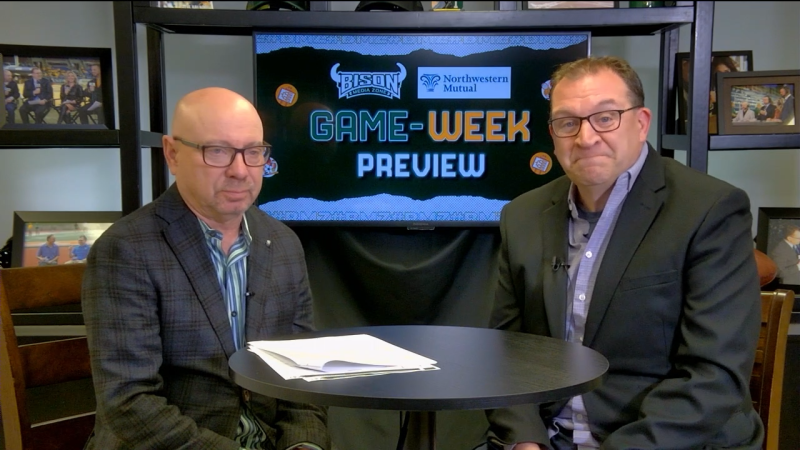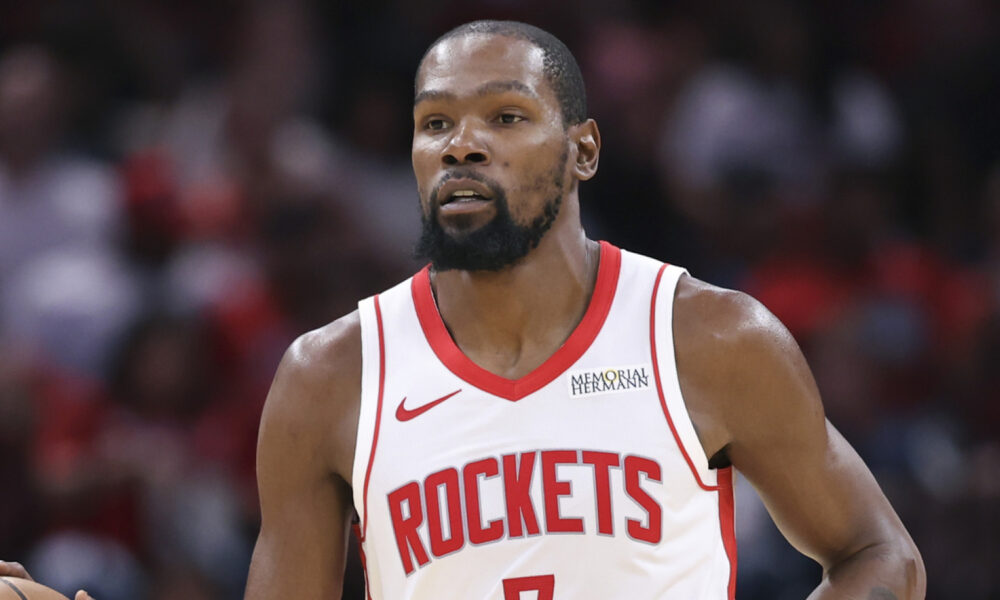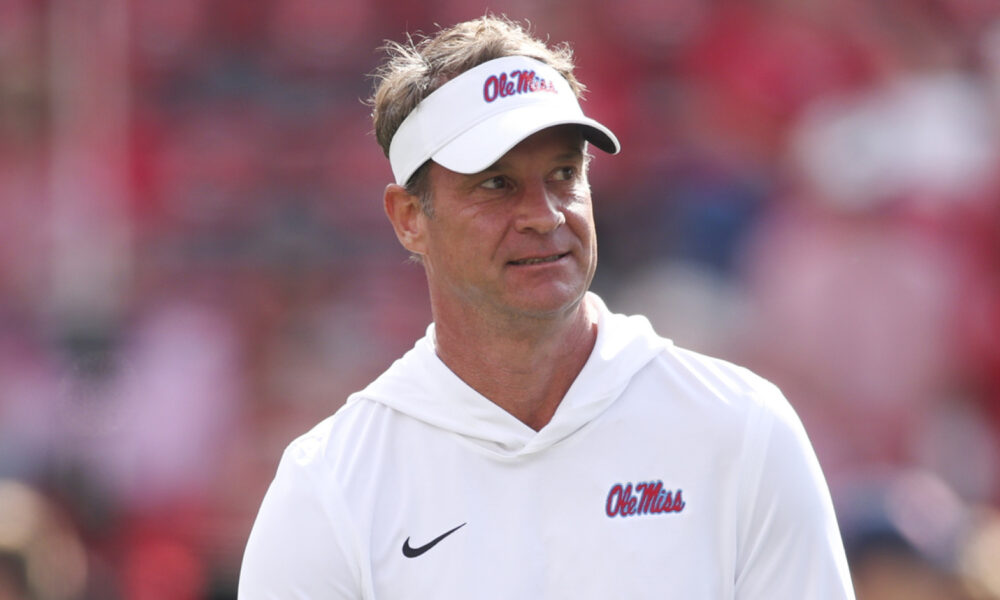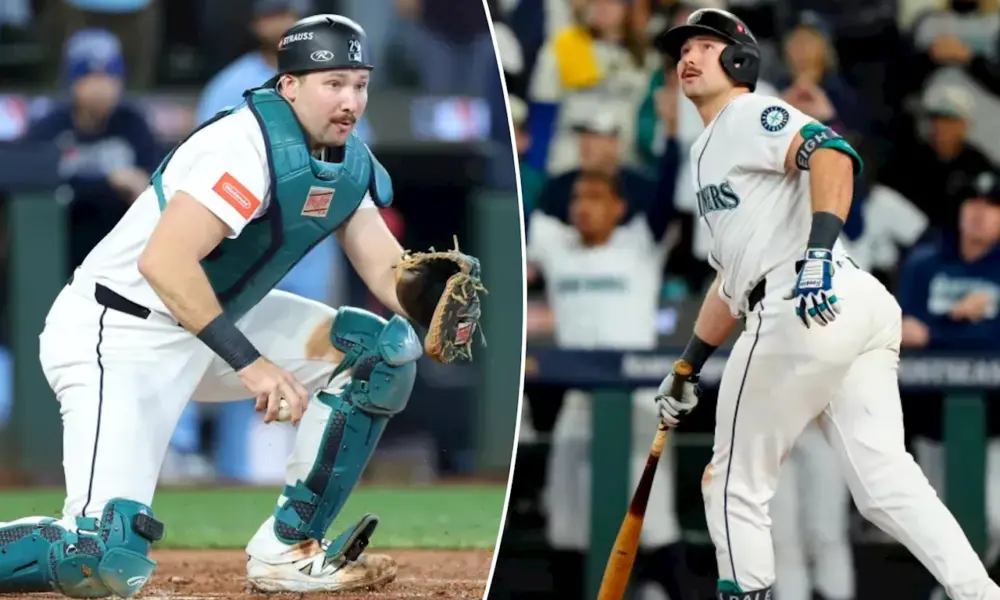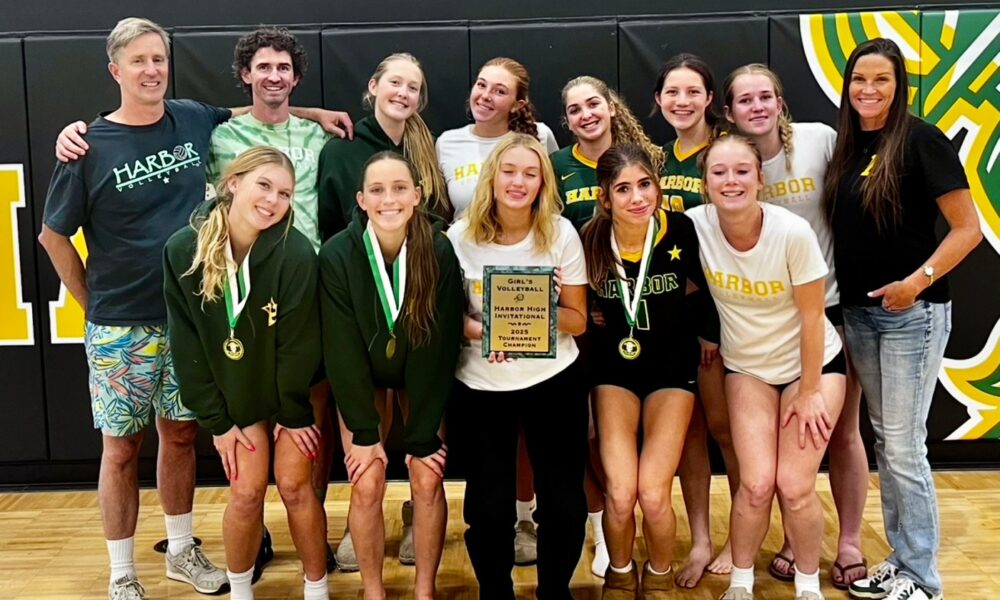The Los Angeles Dodgers have positioned themselves as formidable contenders in the postseason by strategically managing their pitching resources. This careful planning has been crucial as they advance towards the World Series. Notably, pitchers Blake Snell, Tyler Glasnow, and closer Roki Sasaki have all benefitted from a season of injury management, allowing them to peak at a critical moment in the year.
During the regular season, the Dodgers utilized a remarkable 17 different pitchers to navigate fluctuating player availability. Manager Dave Roberts faced significant challenges as Snell, Glasnow, and Sasaki each spent extended periods on the injured list. This situation forced Roberts to adapt his strategy, employing openers frequently to maintain competitiveness. For instance, while Clayton Kershaw and Emmet Sheehan made 22 and 12 starts respectively, Dustin May was traded mid-season after struggling with a 4.85 ERA in 18 starts.
The return of Shohei Ohtani from elbow surgery in June added another layer to the Dodgers’ pitching strategy. Ohtani gradually increased his workload, starting with one inning in his first two appearances before eventually reaching five innings in his last regular-season start on September 23 against Arizona. He delivered a remarkable performance in the postseason, striking out ten batters in over six innings while allowing only two hits.
Snell’s recovery from shoulder inflammation has also been impressive. After a lengthy stint on the injured list, he returned on August 2 and posted an ERA of 2.40 in his nine starts. His recent form has been pivotal, as he has carried that momentum into the playoffs with a string of strong performances.
Glasnow faced his own challenges with shoulder inflammation, but returned to action in July. His postseason ERA stands at an impressive 0.68 across two starts and one relief appearance, showcasing his vital role in the Dodgers’ pitching lineup.
Sasaki’s transition to relief pitching during his rehabilitation has raised questions about his long-term role with the team. With his effective outings in relief, he may secure a spot in the bullpen even as he aspires to return to starting.
The competition remains fierce, particularly with the San Diego Padres, who have also experienced a tumultuous season. Following their elimination from postseason contention, the Padres are searching for a new manager after Mike Shildt stepped down, citing frustrations over management dynamics.
The Dodgers, on the other hand, aim to capitalize on their current form and secure a second consecutive championship. As they prepare for the upcoming games, the focus remains on achieving four more victories to clinch the title once again, reinforcing their status as a powerhouse in Major League Baseball.
In summary, the Dodgers’ success in October can be attributed to their strategic planning and management of pitching resources, allowing key players to perform at their best when it matters most. The team’s adaptability and focus on health have positioned them as strong contenders, with the potential for another triumphant postseason run.
